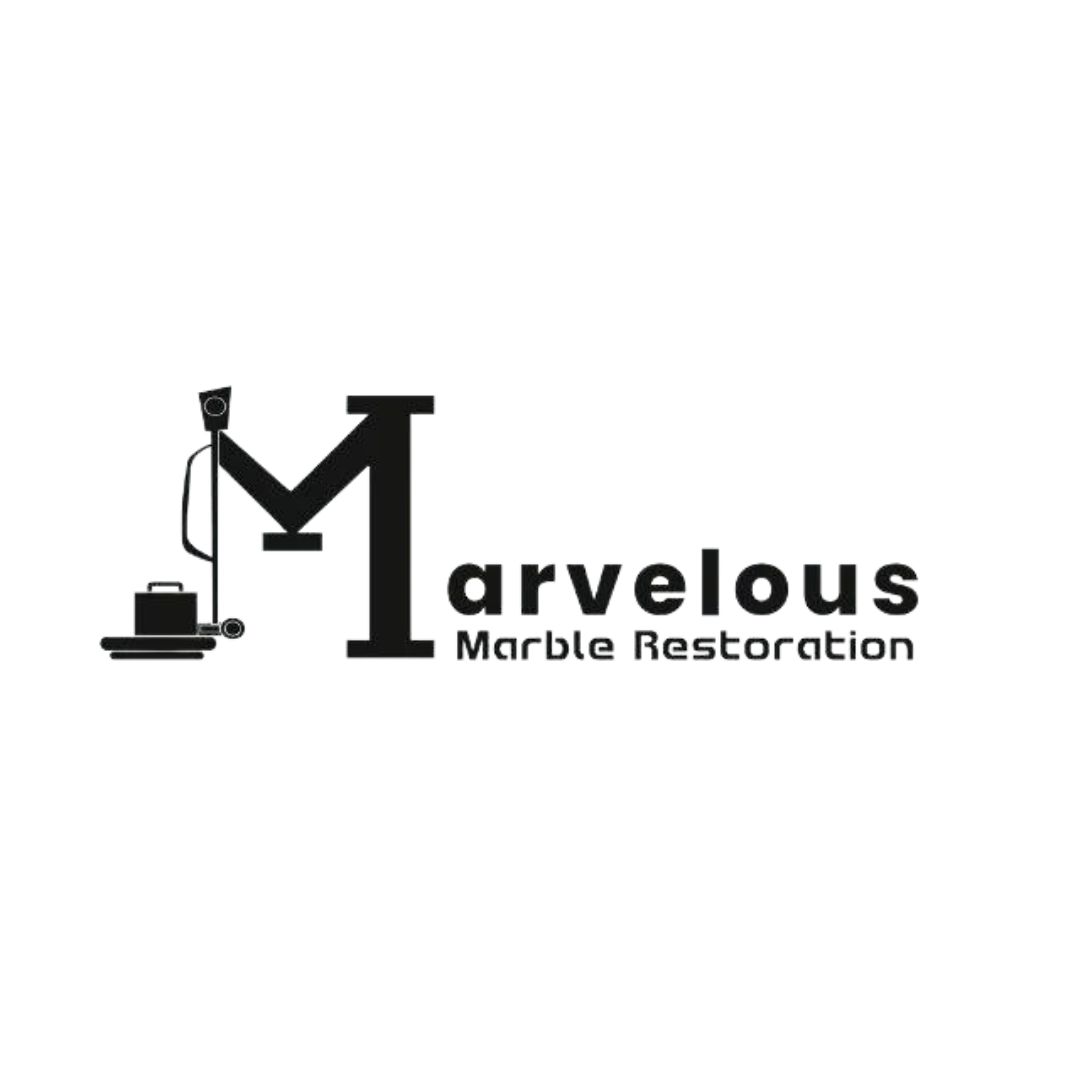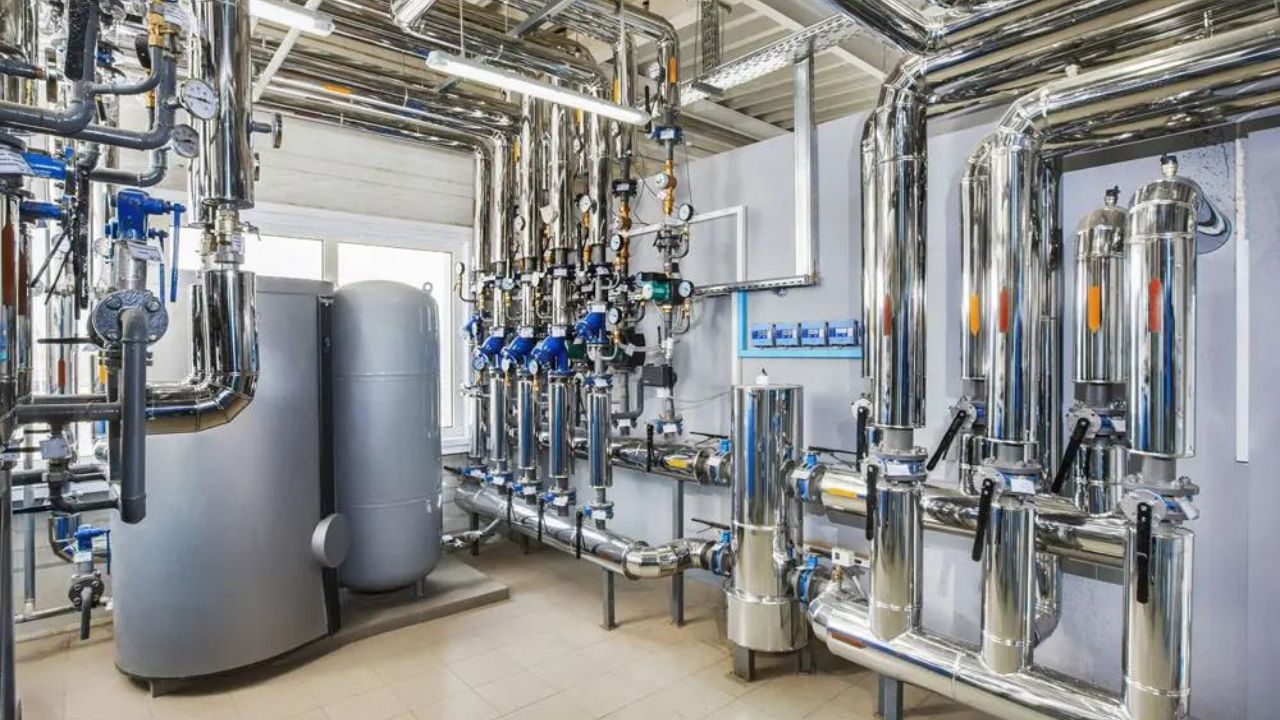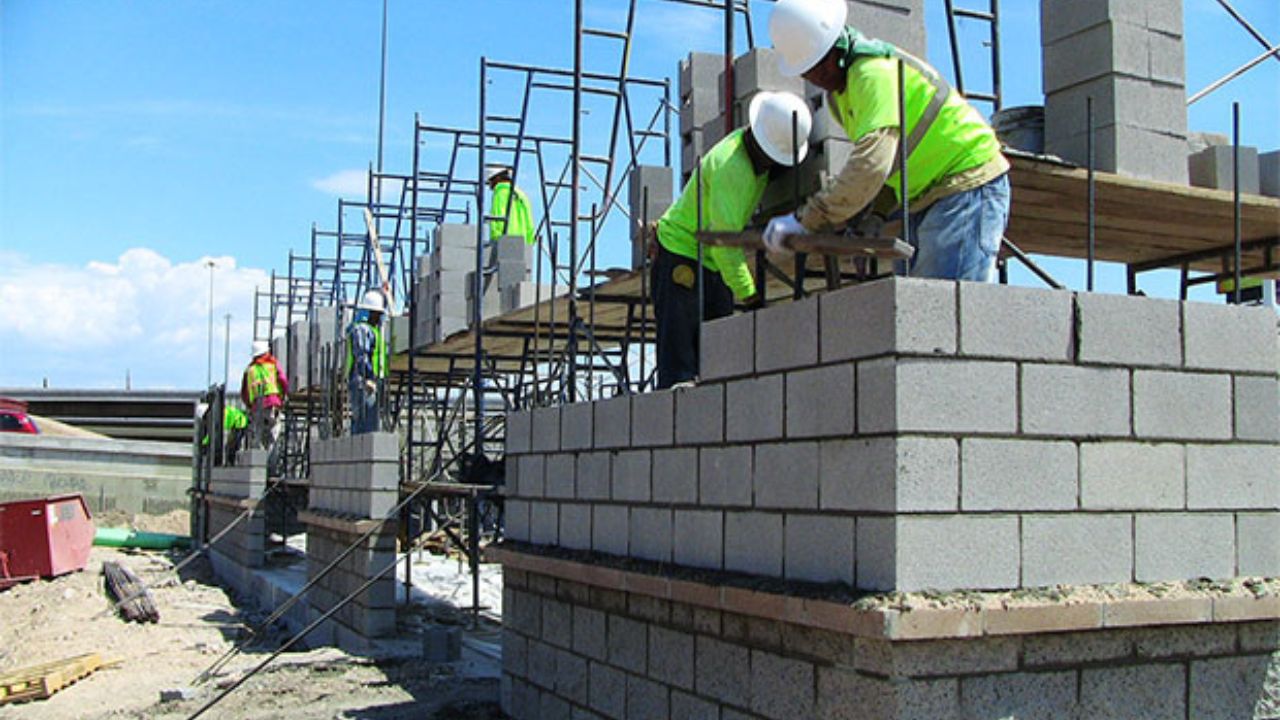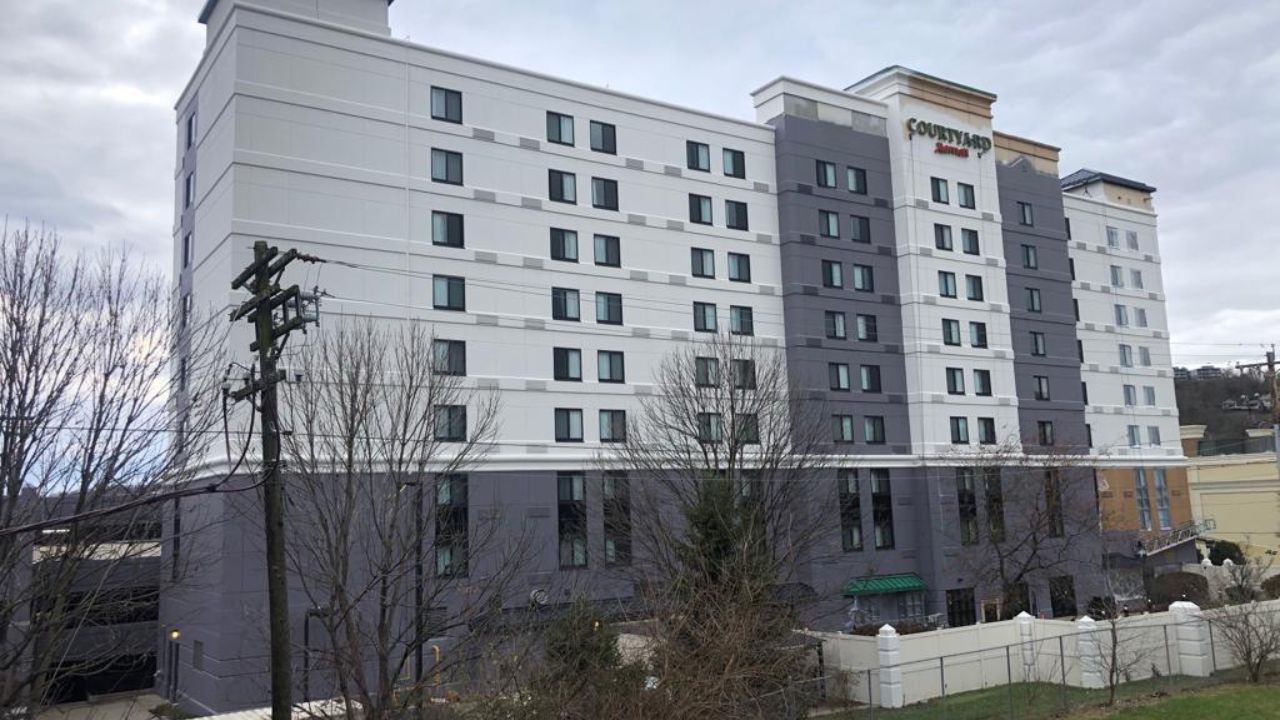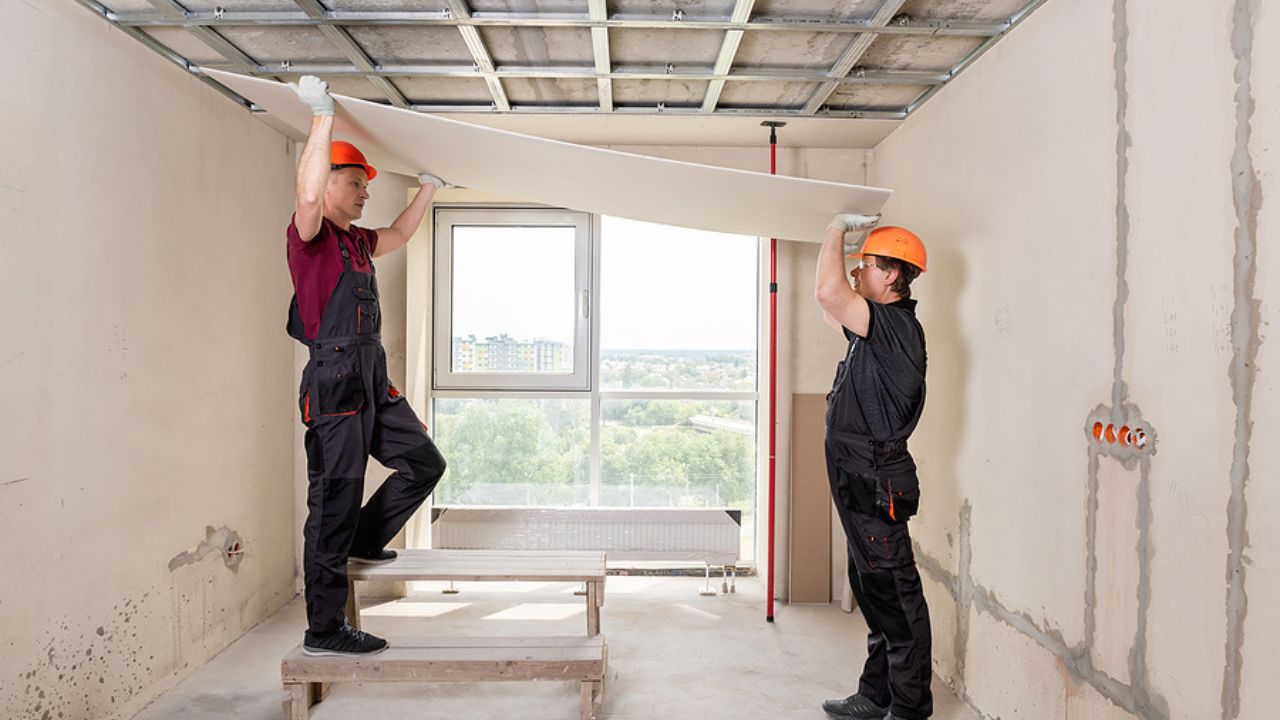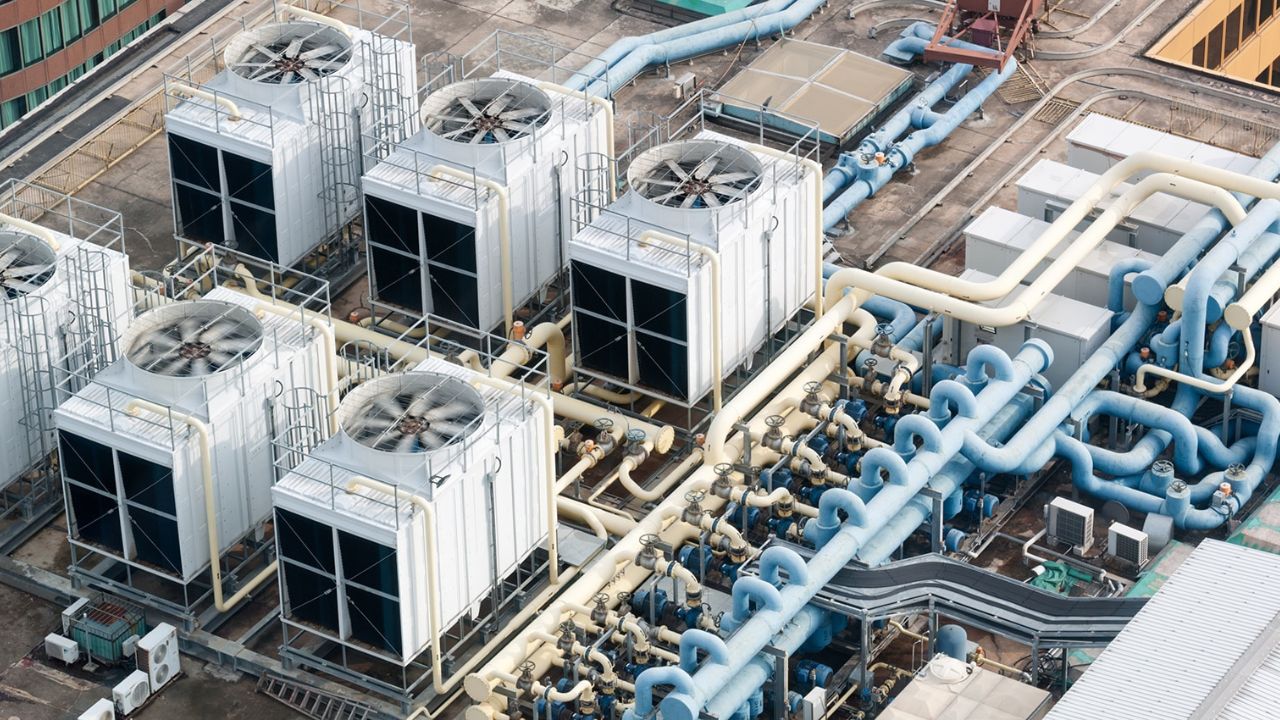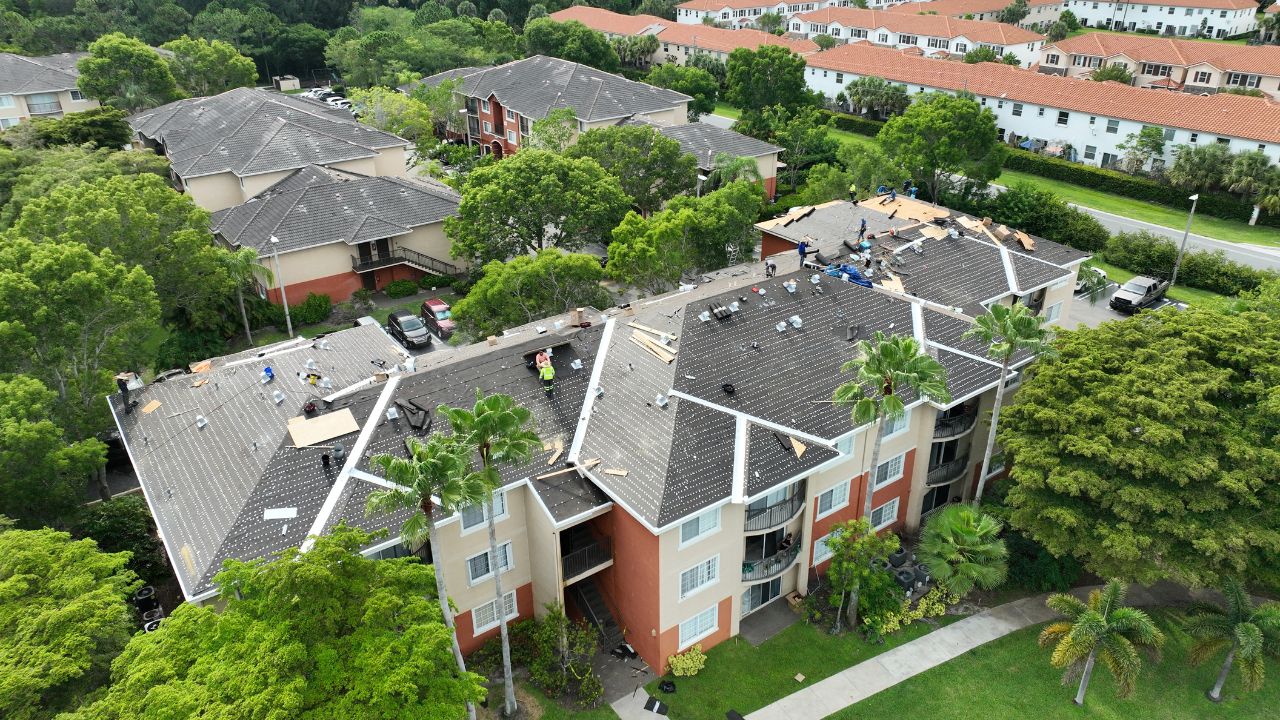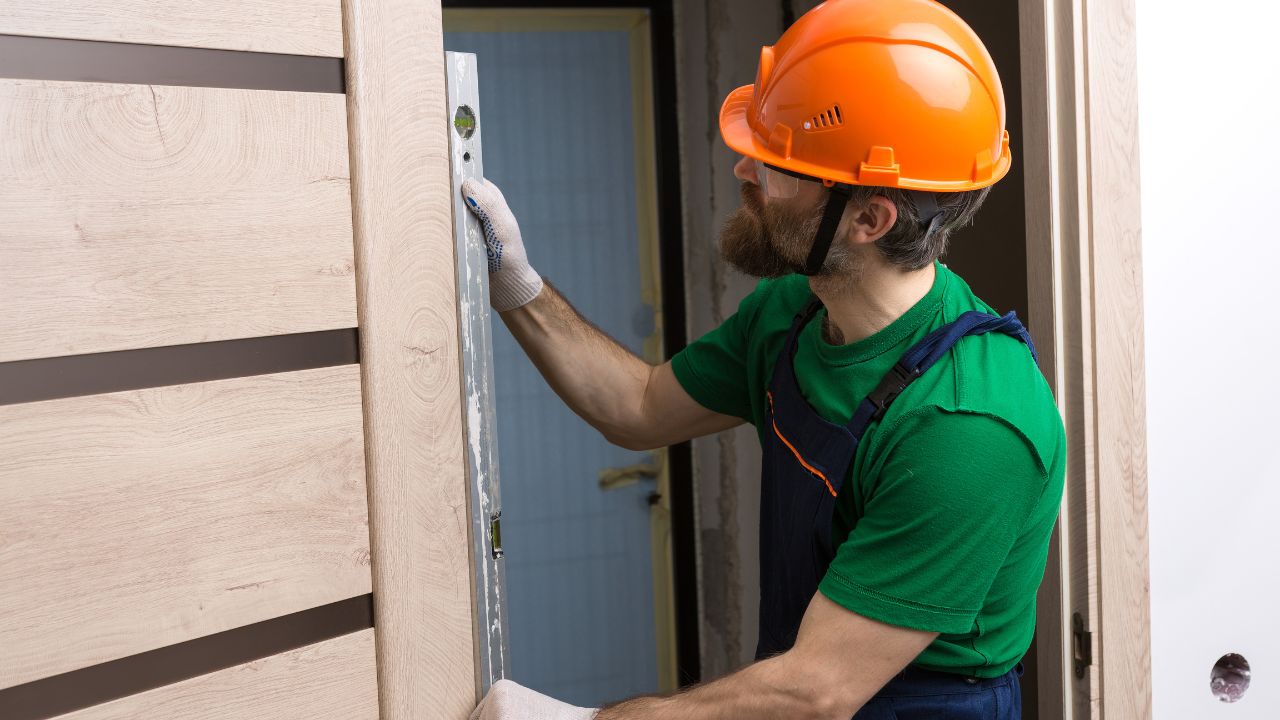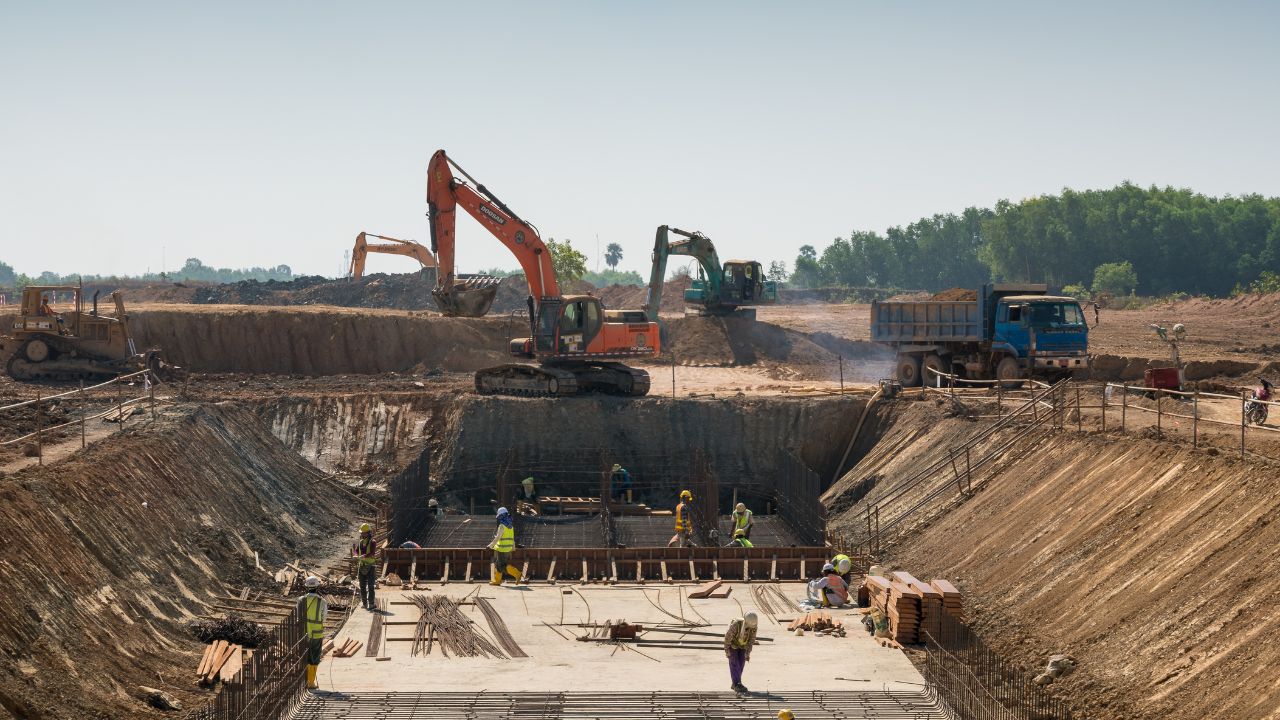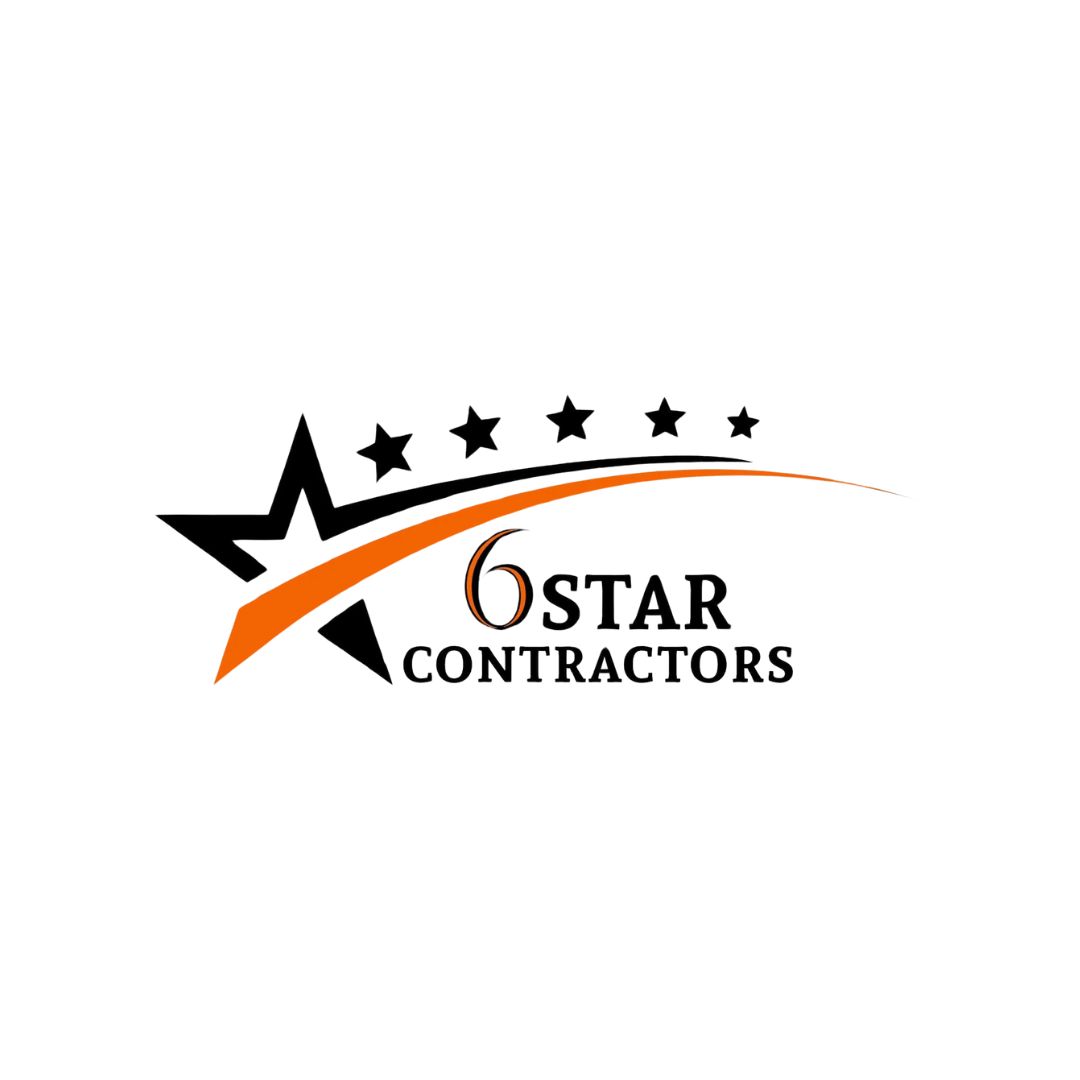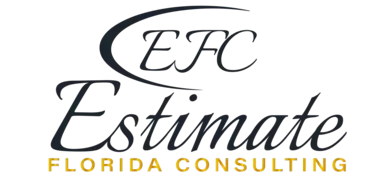- Homepage
- AI-Driven Construction Risk Management
AI-Driven Construction Risk Management
Leading provider of construction estimating services.
Construction is one of the highest-risk industries in the world. From labor shortages and safety hazards to material price volatility and weather disruptions, the industry faces multiple variables that can derail project delivery. Traditional risk management has relied heavily on human experience, historical trend charts, insurance analytics, and post-event analysis. However, in 2025, a new generation of AI-driven risk management platforms is transforming the way contractors identify, track, and mitigate construction risks — in real time and with predictive accuracy.
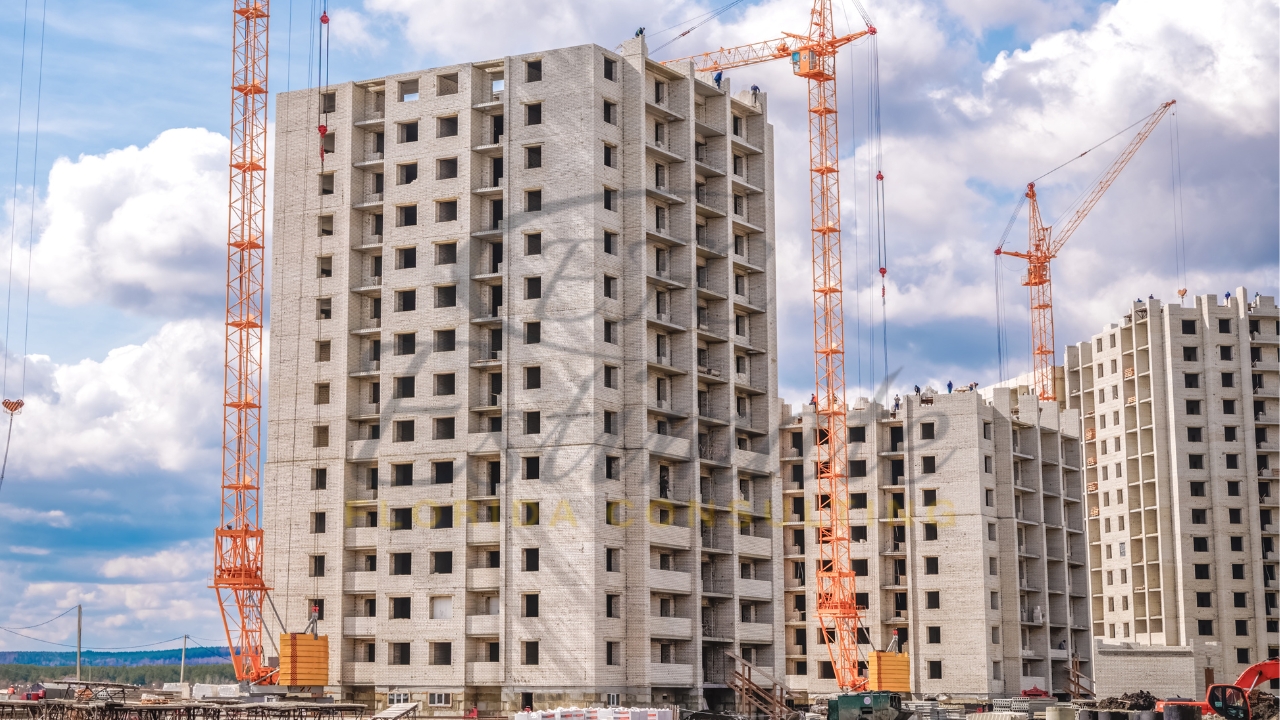
AI uses historical data and live project data to anticipate potential disruptions before they occur. It learns from past projects, compares thousands of variables, and predicts which activities, subcontractors, or material systems are most likely to introduce cost overruns, schedule slippage, or safety hazards. In Florida — a state with extreme weather events, a highly competitive contractor ecosystem, and the country’s highest rise in insurance costs — AI-driven construction risk management is quickly becoming a critical tool for general contractors and developers seeking to reduce exposure and improve project certainty.
What Is AI-Driven Construction Risk Management?
AI-driven construction risk management is a proactive approach that uses machine learning (ML), data analytics, and predictive modeling to detect potential project risks early and recommend corrective actions. Instead of relying only on quarterly or monthly risk reviews, AI platforms evaluate hundreds of variables — including resource allocation, field activity progress, material deliveries, and subcontractor performance — in real time and generate risk scores for each category.
Some systems use natural language processing (NLP) to read unstructured data — like site reports, RFIs, meeting minutes, and even safety observations — and convert them into quantifiable risk indicators.
Example: If a subcontractor on past projects consistently issued late RFIs and change orders, the AI model assigns a higher “cost risk probability” for the same contractor on new projects — even before the risk materializes. This early warning allows the GC to confirm staffing, planning, and performance expectations or proactively allocate additional oversight.
Types of Risk in Construction
Risk Category | Description |
Schedule Risk | Delays caused by poor sequencing, resource conflicts, or late material deliveries |
Cost Risk | Budget overruns caused by price escalation, rework, or underestimation |
Safety Risk | Site incidents, noncompliance, and OSHA violations |
Quality Risk | Defective work, nonconforming materials, or failed inspections |
Contractual Risk | Claims, disputes, liquidated damages, or contract breaches |
Environmental Risk | Weather delays, flood exposure, hurricane damage (especially in Florida) |
AI models can generate separate risk scores for each category, allowing project teams to address potential issues with more targeted strategies.
Construction Professionals For Your Project?
How AI Identifies and Predicts Risk?
AI risk systems use several techniques:
Technique | Function |
Pattern Recognition | Detects deviations from normal performance trends |
Anomaly Detection | Flags values that deviate significantly from expected norms |
Classification | Categorizes potential events as high/medium/low risk |
Regression Analysis | Predicts numerical outcomes (e.g., delay days, cost overrun $) |
Sentiment Analysis | Uses NLP to interpret negative wording in reports and flag potential conflict |
These models are trained on large datasets of completed projects and continually adjust as more field data is added.
National Adoption Trends and Market Drivers
Metric | Value (2025) |
Contractors Using AI for Risk Analytics | 38% |
Contractors Planning to Adopt within 12 Months | 31% |
Average Reduction in Schedule Variance | 12% – 18% |
Average Reduction in Safety Incidents | 8% – 14% |
Key Drivers Nationwide:
- Labor shortage → increased productivity risk
- Cost escalation → need for early-level forecasting
- Insurance cost pressure → incentives for lower incident rates
- Complex delivery methods (IPD, design-build) → more variables, more uncertainty
Industries with highest adoption:
Infrastructure, industrial, healthcare, and higher education.
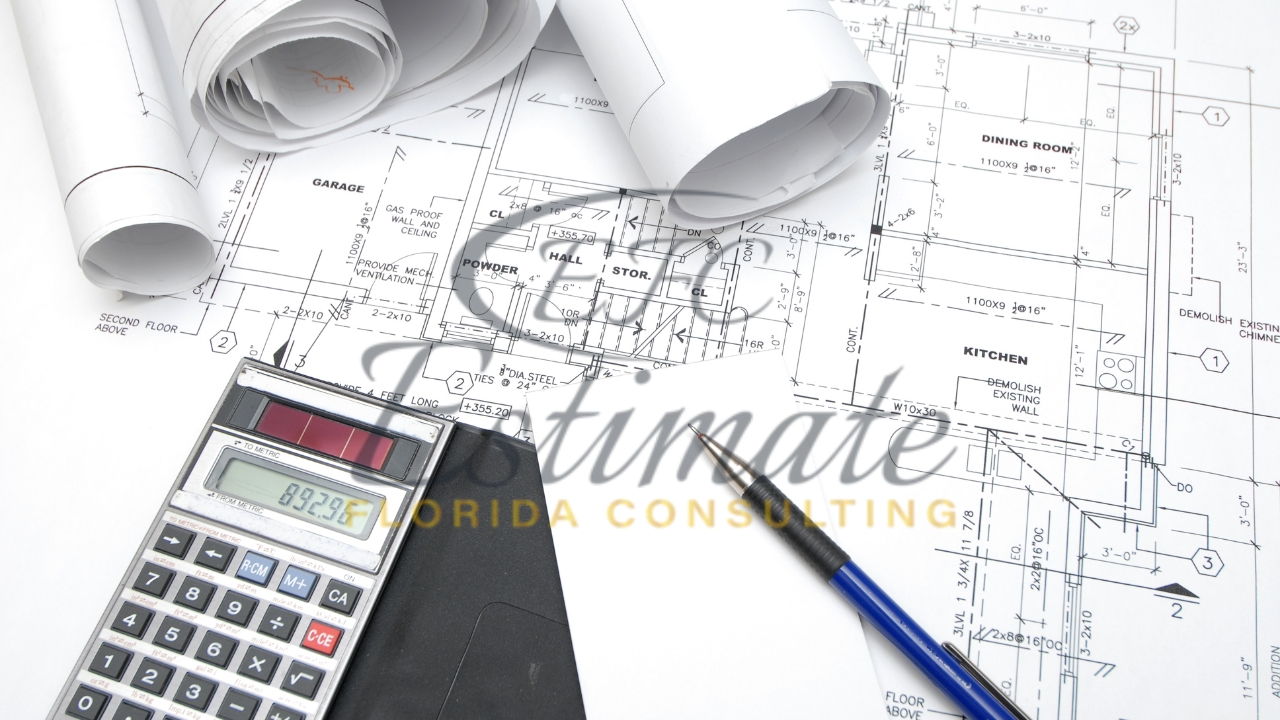
Florida-Specific Risk Landscape
Florida’s construction industry has unique exposure to risk, making AI-driven risk tools particularly impactful.
Florida Risk Factor | Description |
Hurricane / Storm Risk | Projects face potential site shutdowns and material damage |
High Labor Turnover | Inconsistent craft quality, higher training needs |
Water Intrusion / Moisture | MEP and envelope risks in high-humidity regions |
Regulatory Complexity | Strict regional codes + AHCA, FEMA, coastal permitting |
Insurance Rate Escalation | Florida contractors pay up to 35–50% more for risk insurance than national avg. |
Florida GCs are increasingly using AI systems to forecast weather disruption impact, track subcontractor performance, and assign risk ratings to specific scopes (e.g., roofing, foundations, exterior waterproofing).
We Provide 3D Rendering Services!
For Construction and Other Projects
Turnaround time is 1-2 days.
Win More Projects With Us
Key Benefits of AI-Driven Risk Systems
Benefit | Description |
Early Detection | Risk signals appear before problems materialize |
Quantified Transparency | Generates objective risk scores for stakeholders |
Proactive Mitigation | Enables corrective actions at the planning stage |
Improved Safety | AI predicts higher-risk tasks or crews and provides warnings |
Lower Contingency Spending | By forecasting issues earlier, fewer unplanned cost contingencies are required |
Better Insurance Terms | Demonstrated risk reduction can lead to reduced insurance premiums |
Common AI Tools and Platforms in 2025
Platform | Features |
Buildots | AI-driven performance analytics from site cameras |
Newmetrix (Oracle) | Predicts safety incidents via photo analytics |
nPlan | Predicts schedule risk using ML-trained Gantt analysis |
ALICE Technologies | Uses generative AI to simulate risk scenarios in schedules |
Evercam | Uses vision-based AI for progress and compliance monitoring |
Large contractors may develop custom internal models, while smaller firms often use subscription-based AI SaaS platforms.
Data Inputs and Sources Used in AI Risk Models
Data Source | Examples |
Historical Cost Data | Previous estimates, actual cost records |
Daily Logs / Field Reports | Site notes, worker counts, equipment issues |
BIM Models | Scope and quantity information |
RFI & Submittals | Time to respond, frequency per discipline |
Subcontractor Performance Metrics | Change orders, rework %, delays |
Weather Data | Temperature, rainfall, hurricane tracking |
Safety Observation Data | Incident reports, near misses |
The more robust the dataset, the more accurate the prediction capability.
AI Risk Management Workflow (Step-by-Step)
Step 1 – Data Intake & Model Training
The system ingests historical datasets and trains the risk model using past outcomes (learning which variables led to risk events).
Step 2 – Real-Time Data Integration
Project-specific data (schedule updates, daily logs, RFIs, etc.) are integrated via APIs or uploads.
Step 3 – Risk Prediction
The model evaluates incoming data and assigns a probability score (e.g., 0–1) for potential schedule delay or cost overrun.
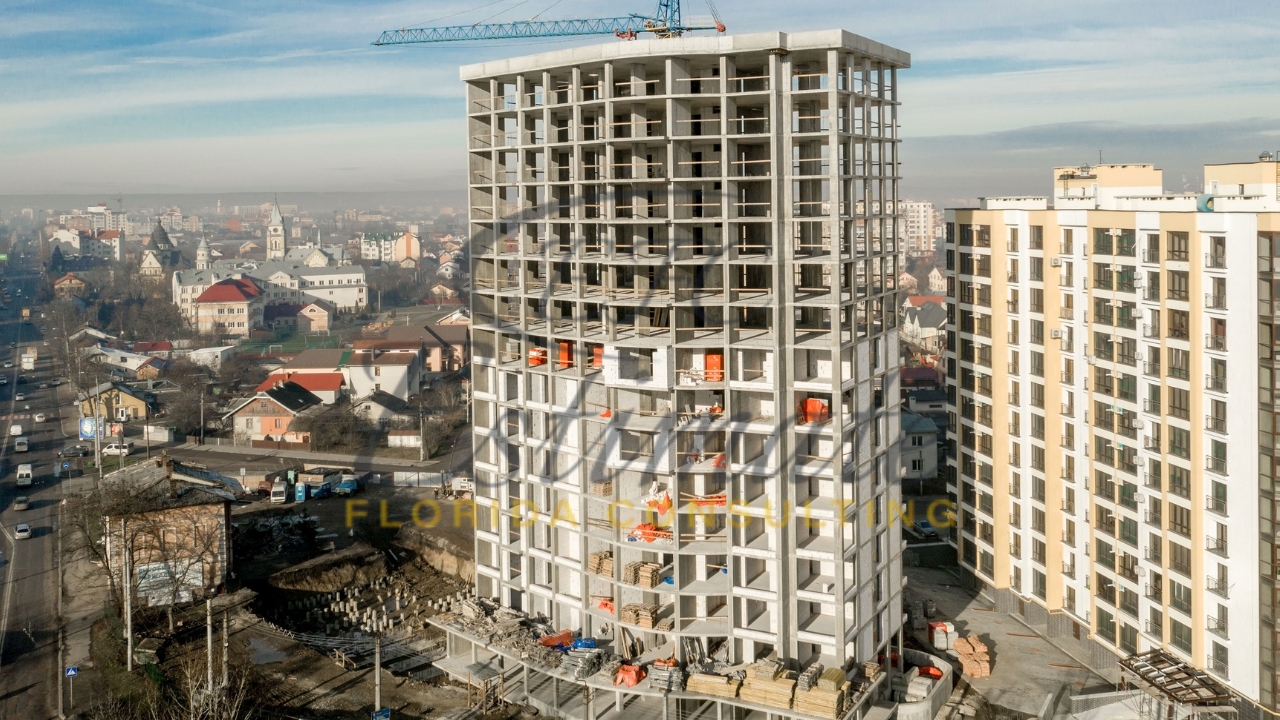
Step 4 – Risk Alert and Dashboard Visualization
Risk scores are displayed in dashboards, highlighting which scopes or subcontractors have elevated risk profiles.
Step 5 – Recommendation and Mitigation
In some platforms, built‐in AI recommendations suggest mitigation actions (e.g., “Increase QC inspections in Area B,” “Verify subcontractor’s labor plan”).
Step 6 – Continuous Feedback Loop
Field teams implement mitigation actions, and results are measured against predictions to recalibrate model accuracy.
Risk Categories and AI Use Cases
Schedule Risk
AI Use Case | Description |
Critical Path Monitoring | Flags deviations from baseline schedule |
Resource Loading Conflicts | Detects overlapping tasks requiring same crews |
Delay Propagation | Predicts downstream impact of early-stage delay |
Cost Risk
AI Use Case | Description |
Material Escalation Prediction | Evaluates market indices for steel, concrete, copper |
Subcontractor Overrun Likelihood | Predicts cost growth based on past performance patterns |
Change Order Frequency Forecast | Anticipates number/value of change orders based on early RFIs and scope growth signals |
Safety Risk
AI Use Case | Description |
Incident Pattern Detection | Analyses past incident frequency in similar conditions |
Computer Vision | Detects missing PPE, fall hazards, or unsafe behavior from site cameras |
Weather Hazard Alerts | Flags high-risk weather exposure for elevated work or crane use |
90% More Chances to Win Construction Projects with Our Estimate
Environmental Risk
AI Use Case | Description |
Hurricane Impact Simulation | Forecasts wind/rain thresholds for in-progress activities (Florida) |
Flood Risk Prediction | Cross-references topographic data and storm tracking to issue alerts for foundation activities |
Integration with Scheduling, Estimating, and BIM
AI-driven risk platforms connect to:
Tool | Integration Purpose |
Scheduling Software (P6/MSP) | Import activity data and evaluate delay probabilities |
Estimating Systems (ProEst, Sage) | Map cost lines to risk scores and adjust contingency |
BIM Platforms | Assign risk scores directly to model elements for real-time visual risk mapping |
Field Management Apps (Procore, Autodesk Build) | Pull field data for daily risk updates |
This interoperability ensures risk insights are embedded into daily workflows rather than sitting isolated in stand-alone tools.
Cost and ROI of AI-Based Risk Solutions
Category | Typical Cost |
Enterprise Platform Subscription | $25,000 – $85,000 per year |
Project-Specific Implementation | $1,200 – $4,000 per month (per project) |
Custom AI Model Development | $50,000 – $200,000 (one-time) |
Average ROI:
- 10–15% reduction in schedule overruns
- 6–12% reduction in unplanned cost contingency use
- 8–14% reduction in recordable safety incidents
For Florida projects subject to hurricane risks and higher labor volatility, some GCs report 20+% improvement in predictable scheduling when using AI risk prediction tools.
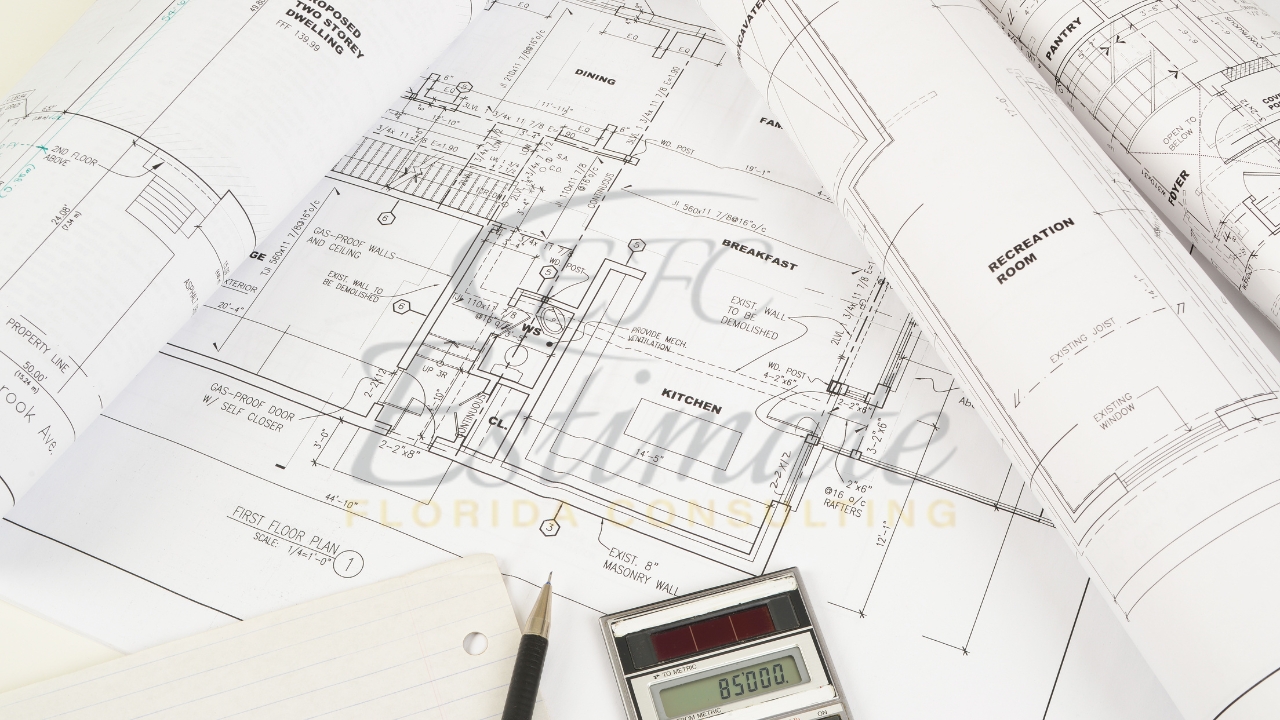
Implementation Challenges and Limitations
Challenge | Description |
Data Availability | Some contractors lack sufficient historical data |
Data Quality | Unstructured data may require cleaning and mapping |
User Adoption | PMs/Superintendents may resist adding “extra” steps |
Interpretation of AI Results | Risk scores still need expert interpretation |
Up-Front Cost | Mid-sized contractors may consider subscription costs high |
Changing Field Conditions | Sudden site changes may not be captured in time if data updates lag |
Future Outlook (2026–2027)
Trend | Expected Impact |
Generative Risk Simulation | AI systems will generate simulated scenarios to evaluate multiple risk mitigation strategies |
Real-Time Drone + AI Feeds | Drone imagery used for immediate risk updates and compliance checks |
Predictive Labor Risk Modeling | AI links labor availability metrics with task-specific risk outputs |
Insurance Integration | AI risk data used directly by insurers to adjust premium models |
Automated Mitigation Recommendations | AI will suggest exact corrective actions by role, resource and timing |
By 2027, Florida agencies (FDOT, AHCA, public school districts) may require AI-based risk planning in preconstruction submissions for large projects, especially for hurricane-critical infrastructure.
Get 5 New Projects in the Next 7 Days With Our System
Conclusion
AI-driven construction risk management represents a strategic evolution from reactive to predictive project control. By analyzing large datasets, recognizing patterns, and dynamically responding to emerging field conditions, AI can detect risks early and enable proactive action. In today’s complex construction environment — where labor shortages, supply chain vulnerabilities, and climate uncertainties present significant challenges — AI offers a scalable and intelligent way to reduce exposure and improve project outcomes.
Nationally, contractors are using AI to decrease cost overruns, increase safety, and improve schedule stability. In Florida, the regional risk landscape amplifies the value of predictive risk insights, especially for projects vulnerable to hurricanes, moisture intrusion, or intense construction competition.
While AI adoption requires data readiness, system integration, and organizational commitment, the benefits — higher certainty, reduced rework, lower contingency use, and stronger competitive advantage — are now too substantial to ignore. For contractors planning the next generation of projects, AI-driven risk management is quickly shifting from an optional innovation to a core operational capability.
Frequently Asked Question
AI-driven construction risk management uses artificial intelligence, machine learning, and predictive analytics to identify, monitor, and mitigate risks such as schedule delays, cost overruns, safety hazards, and weather disruptions. Unlike traditional risk management, AI evaluates real-time data from multiple sources to provide early warnings and proactive recommendations.
AI analyzes historical project data, live site updates, subcontractor performance, material delivery schedules, and weather forecasts. Using pattern recognition, anomaly detection, and regression analysis, AI predicts potential issues such as late deliveries, labor shortages, or unsafe site conditions — often weeks before they impact the project.
AI can address:
Schedule risks – delays from sequencing or late deliveries
Cost risks – overruns due to material price escalation or rework
Safety risks – on-site incidents or OSHA violations
Quality risks – defects and inspection failures
Contractual risks – disputes and claims
Environmental risks – hurricanes, flooding, or extreme weather events
Florida contractors face high exposure to hurricanes, flooding, regulatory complexities, and labor shortages. AI-driven risk platforms provide predictive insights, helping general contractors and developers reduce insurance costs, improve safety compliance, and mitigate weather-related delays — making projects more resilient and cost-effective.
Typical costs include:
Enterprise AI platform subscriptions: $25,000 – $85,000 per year
Project-specific AI implementation: $1,200 – $4,000 per month
Custom AI model development: $50,000 – $200,000 one-time
While initial costs may seem high, contractors often achieve ROI within 12–24 months through reduced delays, fewer incidents, and lower contingency spending.
Comprehensive Trade-Specific Estimates
At Estimate Florida Consulting, we offer detailed cost estimates across all major trades, ensuring no part of your project is overlooked. From the foundation to the finishing touches, our trade-specific estimates provide you with a complete and accurate breakdown of costs for any type of construction project.
Our Simple Process to Get Your Estimate
Upload Plans
Submit your project plans, blueprints, or relevant documents through our online form or via email.
Receive Quotation
We’ll review your project details and send you a quote based on your scope and requirements.
Confirmation
Confirm the details and finalize any adjustments to ensure the estimate meets your project needs.
Get Estimate
Receive your detailed, trade-specific estimate within 1-2 business days, ready for your project execution.



Our Clients & Partners
We pride ourselves on building strong, lasting relationships with our clients and partners across the construction industry.
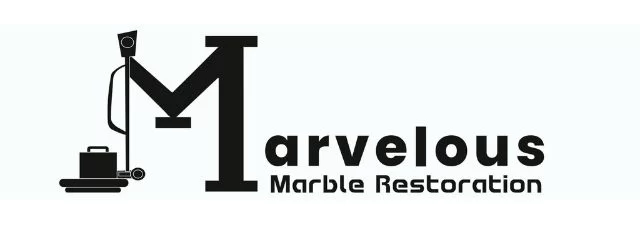

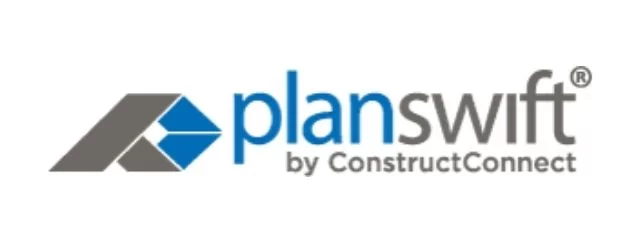
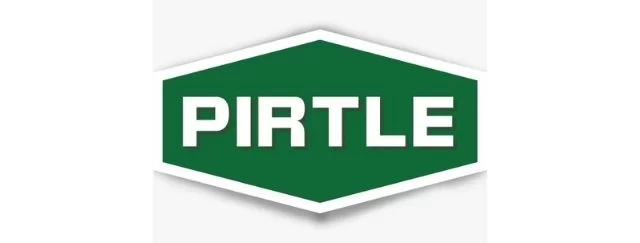

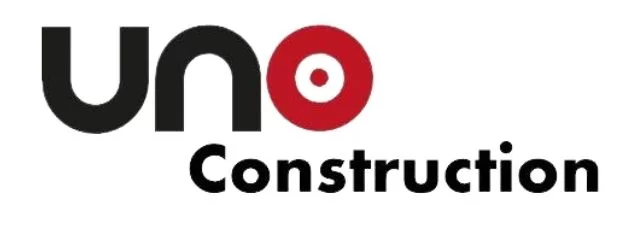
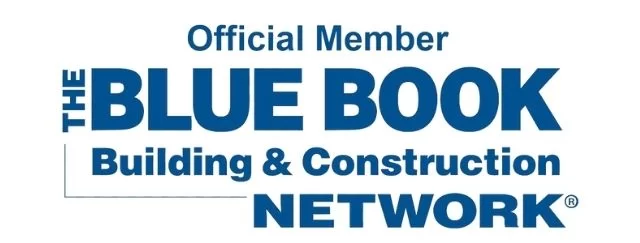
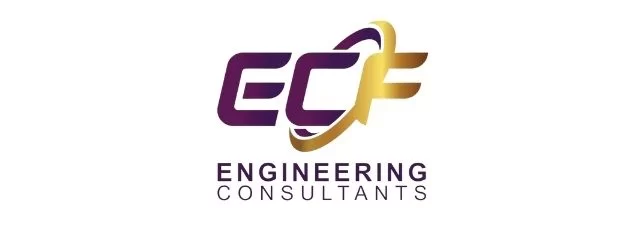
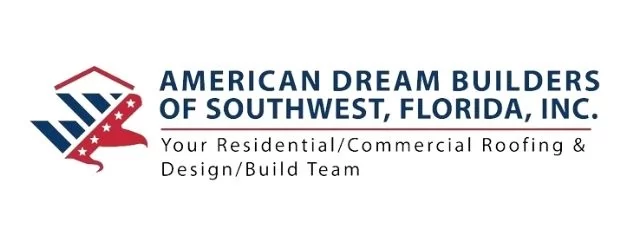


What Our Clients Say?
We take pride in delivering accurate, timely, and reliable estimates that help contractors and builders win more projects. Our clients consistently praise our attention to detail, fast turnaround times, and the positive impact our estimates have on their businesses.
Estimate Florida Consulting has helped us win more bids with their fast and accurate estimates. We trust them for every project!
